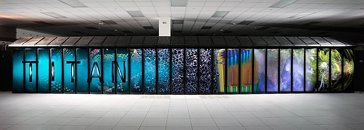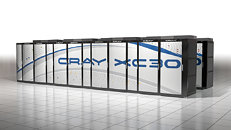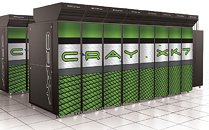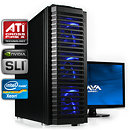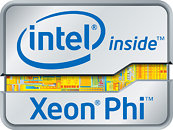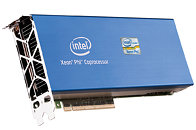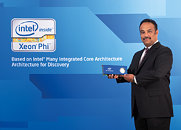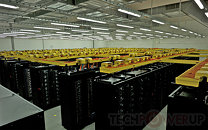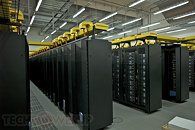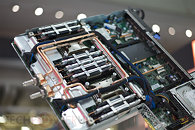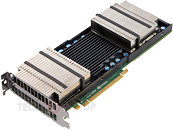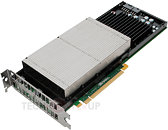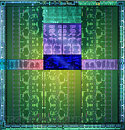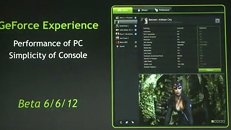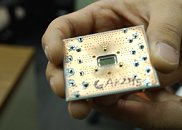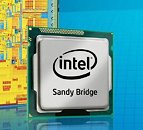
AMD Secures No. 1 Spot in the 40th Edition of the Top500 Supercomputer Sites
AMD today demonstrated its ongoing support for high performance computing by providing massive compute capability, performance and flexibility for the world's number one ranked supercomputer. This ranking, the sixth number-one spot for AMD-based supercomputers in the last five years, highlights AMD's commitment to enabling indispensable computing technology by offering competitive performance at low cost.
The top supercomputer, a Cray XK7 nicknamed "Titan" and containing more than 18,000 AMD Opteron processors, was cited in the latest list of the Top500 Supercomputer Sites and is installed at the U.S. Department of Energy's (DOE) Oak Ridge National Labs (ORNL).
The top supercomputer, a Cray XK7 nicknamed "Titan" and containing more than 18,000 AMD Opteron processors, was cited in the latest list of the Top500 Supercomputer Sites and is installed at the U.S. Department of Energy's (DOE) Oak Ridge National Labs (ORNL).
